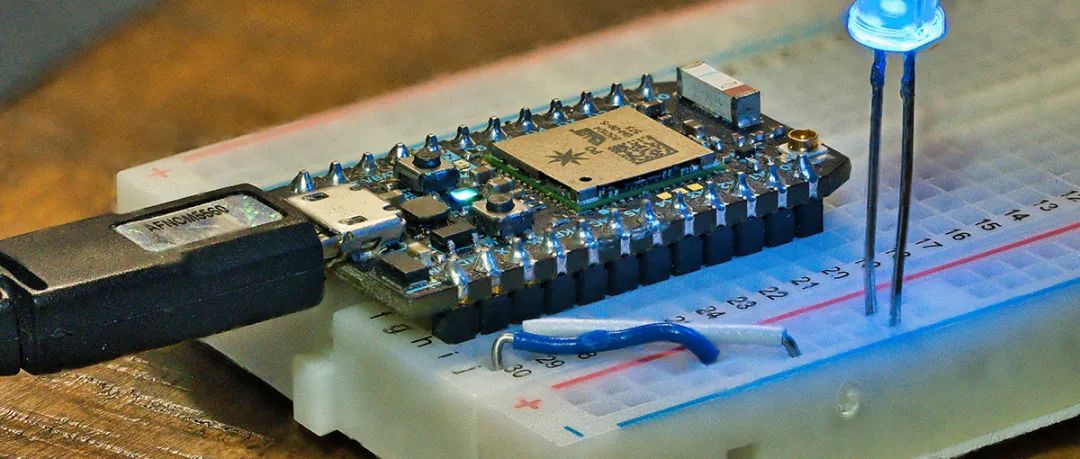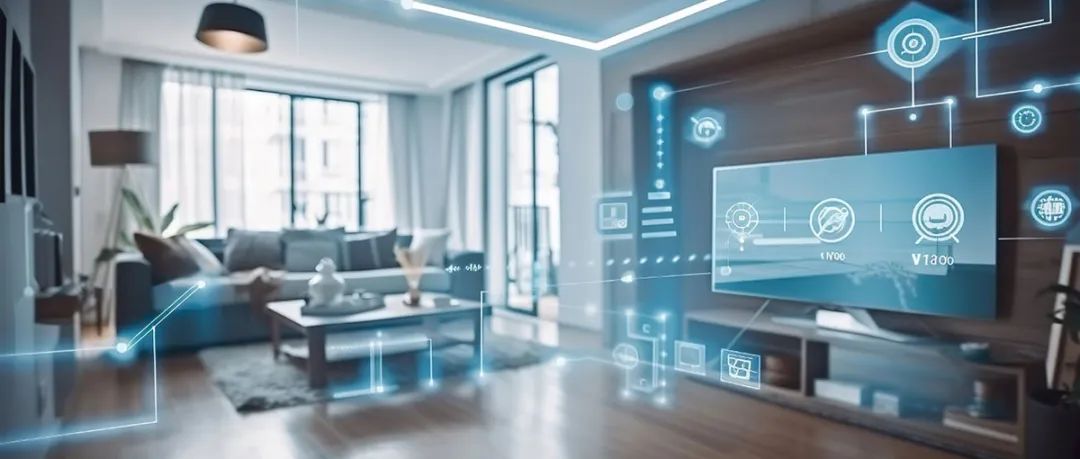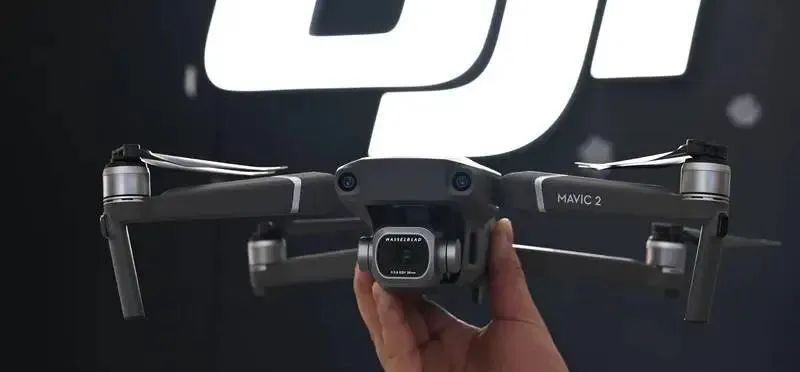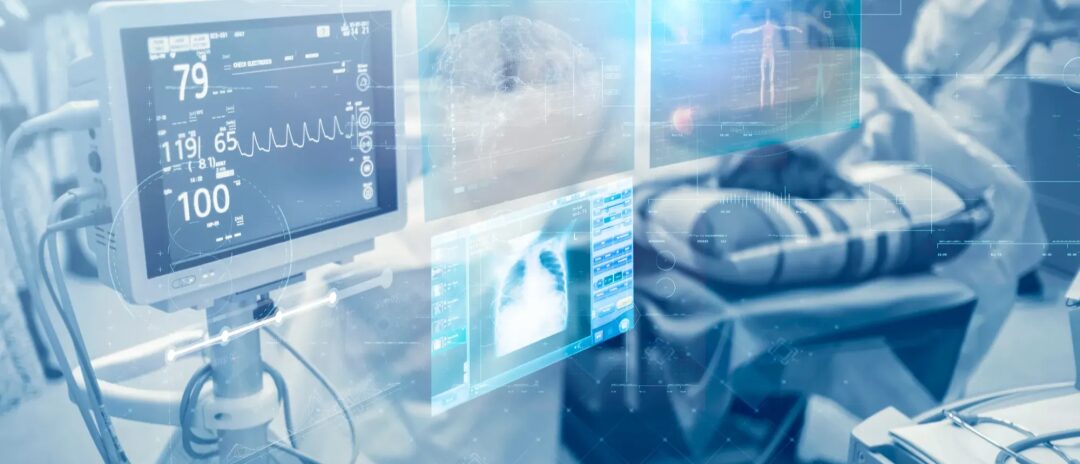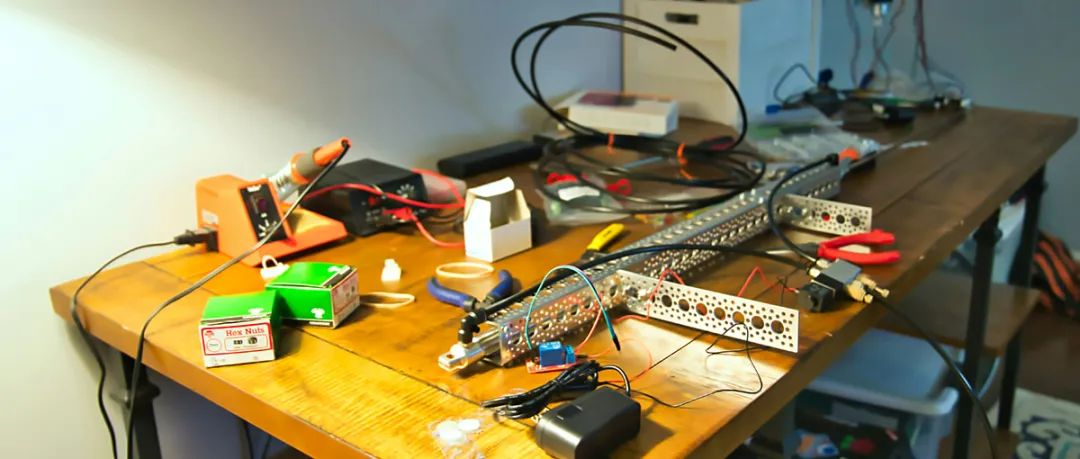In recent years, with the rapid development of technology, embedded systems have gradually entered the public’s view, like a silent revolution that quietly changes our way of life. Have you ever imagined that the smart device controlling the temperature system in a smart home or the microcontroller precisely controlling the direction during a drone flight is playing a key role in embedded systems? However, despite the omnipresence of embedded systems, many people’s understanding still remains at the stereotype of being “profound and difficult to understand” and “only computer majors can learn it.”
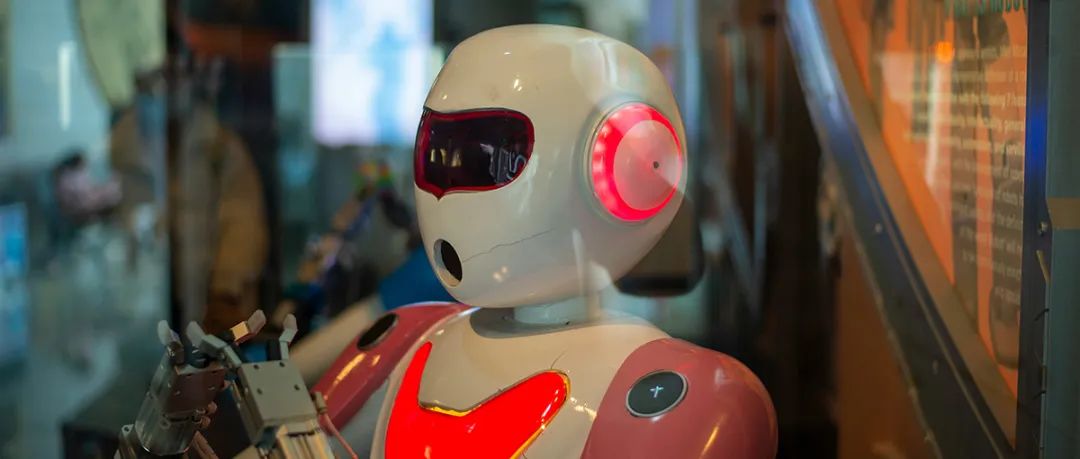
Today, let us unveil the mystery of embedded systems together and see how this challenging yet promising field of technology allows beginners to easily get started.

First, we need to clarify what an embedded system is. It is a computer system designed to perform specific tasks, which does not run general software like traditional computers, but works closely with hardware to complete a specific task. This is the definition of an embedded system. In simple terms, it usually consists of two parts: hardware and software. The hardware part includes microprocessors, memory, and peripherals, while the software part is the program that controls the hardware, such as firmware, operating systems, or applications.
An important characteristic of embedded systems is their limited resources; processing power, memory, storage space, and power consumption are all constrained. Therefore, its design needs to be meticulously optimized, like a skilled craftsman creating infinite possibilities with limited resources. This also requires developers to have solid programming skills and some hardware knowledge to master this precise and complex system.
1.1 Components of Embedded Systems
The hardware part, like the foundation of a building, mainly includes microprocessors (CPUs), memory, peripherals (such as sensors, displays, buttons, buzzers, etc.), and input-output interfaces. Together, they form the skeleton of the embedded system, supporting the entire system’s operation.
The software part is the soul of this building. The software of embedded systems usually includes operating systems (sometimes real-time operating systems RTOS) and specific applications. These software run on the hardware, like a wise commander controlling and scheduling hardware resources to complete specific functions.
1.2 Differences Between Embedded and General Computers
General computers, like the PCs we are familiar with, are mainly used to run various different applications, and users can freely install software and operate. In contrast, embedded systems are like a loyal guardian, usually running only one or a few specific programs to provide services for a specific task. For example, it might control the temperature of a household appliance, monitor the operating status of industrial equipment, or even control the automatic driving system of a smart car. This specificity and targeting are the biggest differences between embedded systems and general computers.

Embedded systems, like an invisible hand, are quietly changing our lives. From smart homes to drones to health care devices, they are infiltrating our daily lives in various forms.
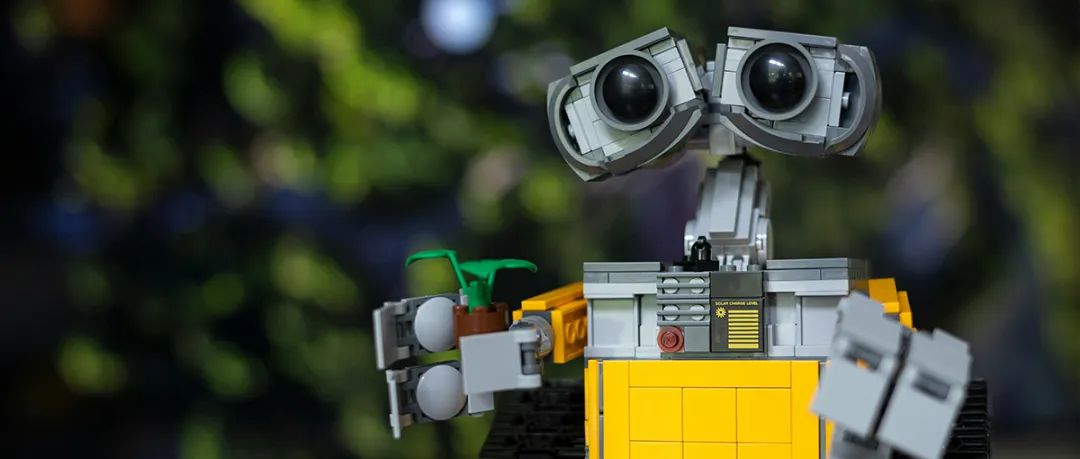
When you step into your house, the smart thermostat has already adjusted the room temperature according to your preferences, and the smart bulbs adjust their brightness and color temperature based on your mood. All of this relies on the support of embedded systems. Smart homes, as one of the most widely used fields of embedded systems, are connecting more and more appliances and devices through Internet of Things technology to achieve remote control and automated management.
For example, the smart thermostat Nest, this small device contains great wisdom. It can not only sense the room temperature but also automatically adjust the temperature according to the user’s settings and connect with mobile applications via Wi-Fi for remote control. This intelligent function makes our lives more convenient and comfortable.
The rapidly developing high-tech products in recent years are also supported by embedded systems. Drones fly stably in complex environments, accurately locate, and avoid obstacles, all of which rely on the real-time processing and precise control of embedded systems. The flight control systems, image recognition systems, and sensor data collection functions of drones all depend on embedded processors to process data in real-time and respond accordingly. This high efficiency and precision are the important roles of embedded systems in the drone field.
For example, DJI’s drone products extensively use embedded system technology. They act like highly skilled pilots, enabling drones to navigate complex flight environments with ease.
The rise of smart cars is also one of the major application areas for embedded systems. From autonomous driving technology to in-car entertainment systems to real-time status monitoring of vehicles, almost all smart car functions rely on embedded systems. Smart cars driving on highways need to make real-time judgments and decisions based on various factors such as road conditions, traffic signals, and pedestrians. All of this relies on the real-time and efficiency of embedded systems.
The Tesla autonomous driving system is a typical example. It analyzes sensor data in real-time through embedded processors, judges road conditions, and performs precise control. This intelligent driving experience not only makes driving easier and more convenient but also shows us the infinite possibilities of future travel.
The application of embedded systems in medical devices is also becoming increasingly widespread. When you wear a smart wristband, it can monitor your exercise data, heart rate data in real-time, and connect to your phone via Bluetooth for data synchronization and analysis. This intelligent health management method is the important role of embedded systems in medical devices.
Many medical devices, such as ECG machines, blood glucose meters, and thermometers, use embedded systems for data collection, processing, and analysis. With the development of smart healthcare, embedded technology is also used to develop wearable devices such as smart wristbands and health monitoring instruments to help users monitor their physical conditions in real-time and provide data support to doctors. This intelligent medical management method not only improves the efficiency and quality of healthcare but also shows us the infinite possibilities of future healthcare.
2.5 Industrial Automation
In the industrial field, the application of embedded systems penetrates almost every corner. In modern production lines, it needs to precisely control the movements of robotic arms, adjust temperature and humidity, and even perform data analysis and early warning. All of this relies on the support of embedded systems. It acts like a loyal guardian, ensuring the efficient and precise operation of industrial production.
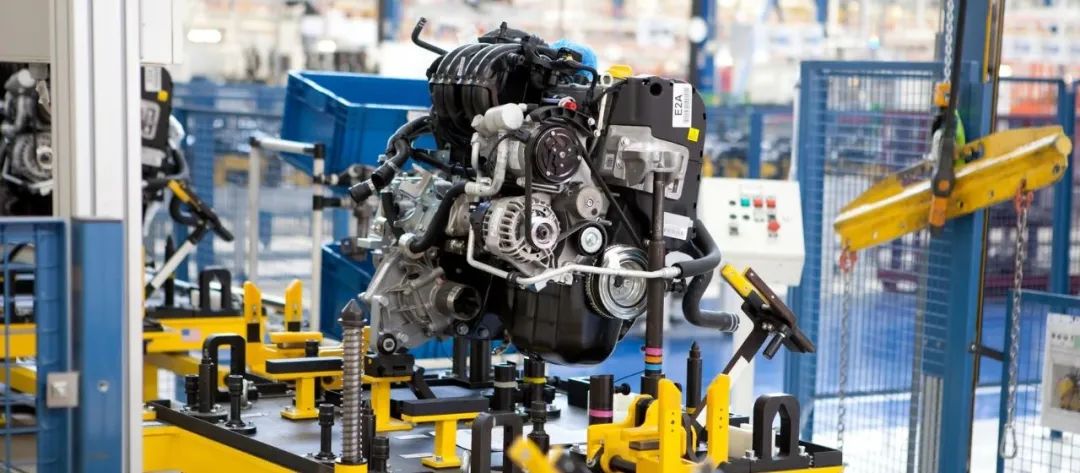

Many people think that embedded systems, due to the combination of hardware and software, are both complex and tedious to learn. Some even believe that “only computer majors can learn it.” But is that really the case?
3.1 Basic Requirements for Learning Embedded Systems
In fact, learning embedded systems does not require too much profound theoretical knowledge, nor does it require a particularly strong mathematical background. Beginners can start with the right learning methods. Once you master a programming language, especially C language, you can better understand the interaction between hardware and software. When you understand basic electronic circuits and hardware principles, you can better engage in embedded development.
Programming basics, hardware basics, and tool usage may seem complex, but as long as you put your heart into learning, you can easily master them. Beginners can start with simple development boards, gradually understanding the working principles of embedded systems through practical hardware experiments and code writing.
3.2 Gradual Entry, Mastering the Basics
For beginners, learning embedded systems can start with simple development boards. When you hold an STM32 development board in your hand and see the LED light blinking under your control, that sense of achievement and joy is beyond words.
3.3 Theory Combined with Practice, Gradually Deepening
The key to learning embedded systems lies in combining theory with practice. In addition to learning basic knowledge through books and courses, hands-on practice can deepen understanding. When you complete one small project after another, the experience and sense of achievement gained from practice will make you face future challenges with more confidence. You can start with simple projects such as LED light control, temperature sensor reading, and gradually challenge more complex applications, such as smart home control and drone flying. This gradual process from simple to complex is the best path to learning embedded systems.
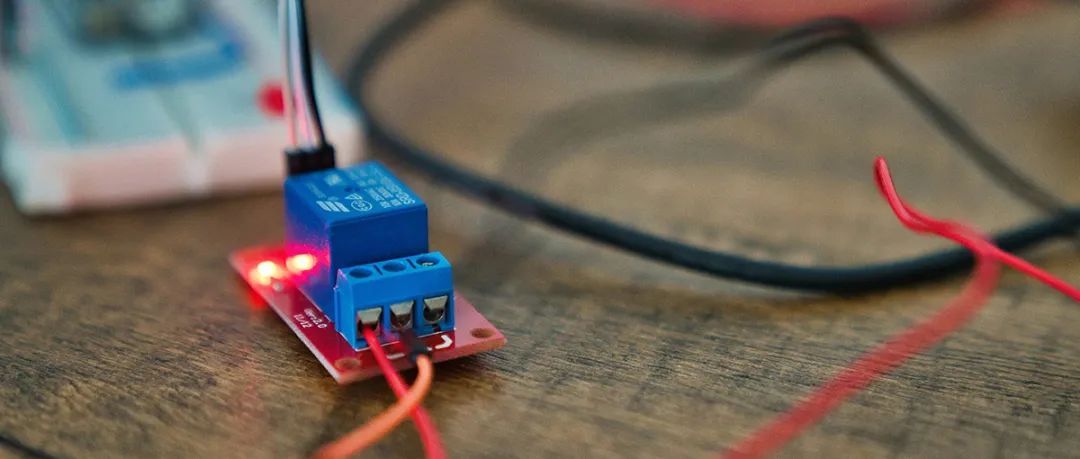

As technology advances, the application scenarios of embedded systems are increasing, and the demand for embedded engineers is also growing. How will the popularization of smart homes change our lives? What new possibilities will the further development of drone technology bring? How will the rise of smart cars and the Internet of Things reshape our travel methods? All of this relies on the support of embedded systems.
High-Paying Job Opportunities: The demand for embedded engineers is rapidly growing, with many tech companies and high-tech enterprises looking for talents with embedded development skills. According to industry data, the salary level for embedded development is relatively high, especially for experienced engineers, whose annual salary can be substantial. Do you also want to become a leader in this field?
Rich Career Development Directions: The application field of embedded systems is very broad, ranging from consumer electronics to industrial control, to autonomous driving and the Internet of Things, all of which will become an indispensable part of it. Mastering embedded technology allows you to find your place in multiple industries, with very broad career prospects.

In summary, embedded systems are not as complex and mysterious as imagined. Beginners can fully master the core technologies of embedded development through continuous learning and hands-on practice. As the classic saying goes, “There are no difficult things in the world, only those who are willing to learn.” As long as you put your heart into learning and practicing, you can certainly become a leader in this field. Let us step into the embedded field together and become one of the promoters of this technological revolution! Are you already eager to start your embedded learning journey?
Still don’t know how to start learning embedded systems? XinYingDa has carefully organized the “Embedded Comprehensive Learning Package,” which includes learning books, software toolkits, lesson plans, project schematics, chip manuals, example codes, video tutorials, etc., all delivered at once! Help you quickly upgrade to face the challenges. Everyone can add the assistant below to receive it~

Add Assistant Receive Learning Package

After adding, reply “Embedded” to receive faster
Click the video below to follow our video account, and enjoy wonderful videos non-stop!




